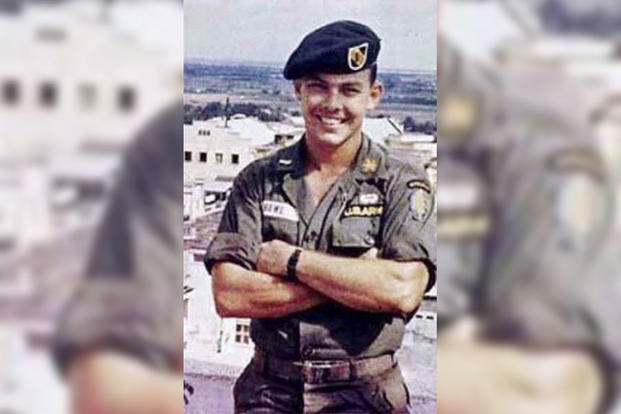Green Beret turned his Vietnam POW experiences into survival training for others.
Throughout his life, James "Nick" Rowe foretold key personal events, including his own assassination. But not even the prescient Green Beret could have known the impact he would have on soldiers who succeeded him in special operations. Now, more than 11 years after his April 21, 1989, death at the hands of a Philippine communist hit squad, Rowe has become a near-mythic figure who still has a strong influence on Special Forces training.
The son of a Russian immigrant who had lived through the Bolshevik Revolution, Rowe grew up in a small Texas town. His older brother, Richard, attended West Point in preparation for a military career. Tragically, Richard died soon after graduating. Six-year-old Nick vowed to fulfill Richard's military destiny.
Rowe kept his childhood promise. But shortly after his own graduation from West Point, he had an unnerving experience. For three consecutive nights, he dreamed he was captured during a firefight with Viet Cong guerrillas. Two years later, true to his nightmare, the lieutenant was captured during a 1963 firefight while serving as an advisor in Southeast Asia. Rowe spent the next five years in small jungle camps in South Vietnam. "We had every disease vector in the world there," Rowe said in a 1987 interview. "We were on two quart cans of rice per day. We caught snakes and rats every chance we got."
Rowe was kept in a cage made of slender saplings, measuring 3 feet by 4 feet by 6 feet. He tried to escape three times but was recaptured and punished each time. In 1968, Rowe's captors sentenced him to die. As the Viet Cong escorted Rowe to his execution on New Year's Eve, a flight of American helicopters seemed to appear out of nowhere. Rowe knocked down one of his guards and ran into a clearing, waving his arms. A soldier in a chopper at first thought that Rowe, clad in black pajamas, was an enemy guerrilla and nearly killed him. But Rowe's beard identified him as an American. The chopper scooped him up and whisked him away.
In 1981, Rowe used the lessons he had learned in captivity to form the Special Forces Survival, Evasion, Resistance and Escape (SERE) course. "We took all the lessons we learned the hard way and incorporated them into the curriculum," Rowe said. "We don't want anyone going through on-the-job training." The SERE school teaches soldiers to evade capture but, if caught, to survive and return home with honor.
Later, Rowe was assigned to the Joint U.S. Military Advisory Group in Manila. Friends in the United States whispered that Rowe, now a colonel, had spoken of a premonition of his own death. Rowe, 51, was killed in a hail of gunfire on a Manila street. The communist New Peoples Army took responsibility for the murder. The Special Forces community was stunned by Rowe's death. Green Berets cried openly on the streets of Fayetteville, N.C.
Many who know of him continue to speak of Rowe with awe. His legacy is the SERE course, widely credited as the most important advanced training in the special operations field.















